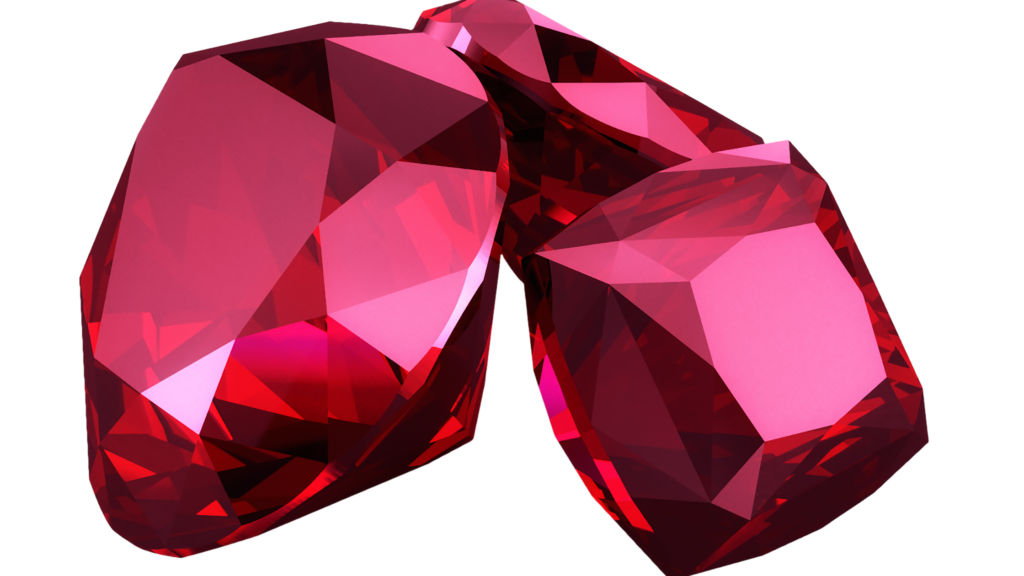The lumbar spine (low back) is the most common region of the spine to experience symptoms. The lumbar spine is vulnerable because it consists of a string of 5 vertebrae that spans between two large regions of the body – the torso above and the pelvis below. Both large body regions can generate significant forces on the lumbar spine. Low back muscles can become painful due to injury (strain) or imbalance between muscle groups. Soft tissue symptoms related to muscle pain usually resolve rapidly with treatment or even resolve spontaneously without treatment. Chronic lumbar pain, however, persists and can be caused by any of the anatomical structures that constitute the low back.
Facet joints earned their name from the flat surfaces that comprise these joints. Similar flat surfaces on gemstones are also called facets.

The more technical name for these spine joints is zygapophysial joints (AKA z-joints). Facet joints are located in the back of the spine so they classically provoke pain while standing and walking and resolve it while sitting. Facet joint pain can be experienced in the low back or can refer pain into the buttock region and even into the back of the thighs. This referred facet joint pain can be felt on one side or both. Like any joint in the body, each facet joint surface is covered with articular cartilage, allowing the facet joint surfaces to glide smoothly over one another with minimal friction. Due to injury or degenerative wear and tear, this articular cartilage can deteriorate and cause arthritis pain symptoms. Pain messages from the painful joints are transmitted via small nerves called medial branches.
Treatment for Facet Joint Pain
All traditional conservative treatment options are first considered and discussed: activity modification, independent exercises, formal physical therapy programs, braces, medications, or other treatment options. Joint injections become an option when facet joint symptoms persist despite appropriate conservative care. A facet joint steroid injection can interrupt facet joint inflammatory pain symptoms associated with joint degeneration. A LumbarMedial Branch Block (MBB)is a diagnostic injection that can verify to what degree spine symptoms can be attributed to the facet joints.
For facet joint pain symptoms that return despite either of these two injection approaches, then Lumbar Radiofrequency Ablation (RFA) Neurotomy of the corresponding medial branches can be a nonsurgical option to discuss. For individuals who prefer an alternative treatment approach to facet joint pain symptoms, then Regenerative Medicine options can be discussed like Bone Marrow Regenerative Cell Therapy or Platelet Rich Plasma (PRP) Therapy.
Excellent patient education videos are available and describe further details regarding these injection options. There are also available videos showing spine anatomy and facet joint syndrome.
Facet joint pain is a very common cause of low back pain, especially later in life. Interestingly, facet joint degeneration is actually a late consequence of degenerative disc disease (DDD), which is well described in another excellent educational video. Therefore, if degenerative disc disease is treated early, then facet joint degeneration can be avoided. Learn more about Discseel as a non-surgical treatment option for degenerative disc disease.

